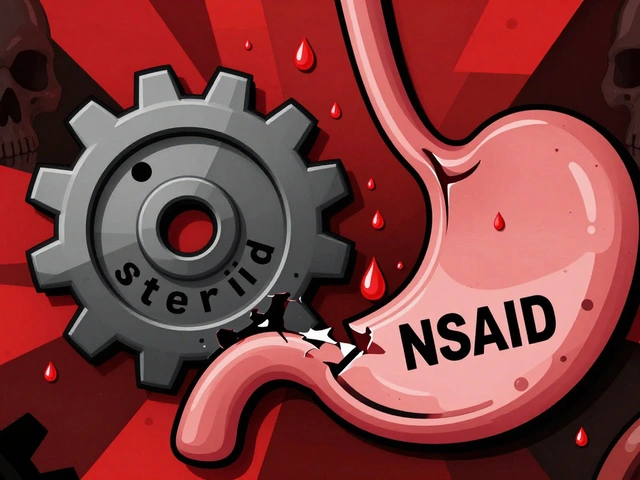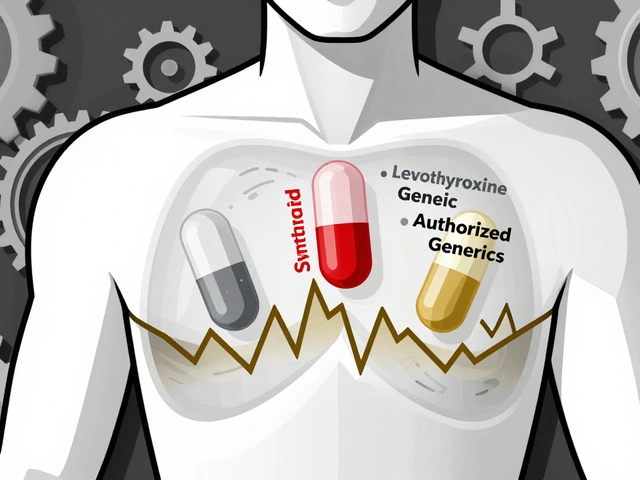Postoperative Pain: What It Is and How to Manage It Effectively
When dealing with postoperative pain, the acute discomfort that follows a surgical procedure. Also known as post‑surgery pain, it can affect mobility, mood, and overall healing. Understanding its causes lets you choose the right tools to keep the pain in check.
One of the most common tools is NSAIDs, non‑steroidal anti‑inflammatory drugs such as ibuprofen or diclofenac. NSAIDs reduce inflammation, which in turn lowers pain signals. They work best when combined with other approaches, forming a multimodal analgesia strategy that targets pain from different angles. This combination often includes acetaminophen, local anesthetics, and sometimes opioids for breakthrough pain.
Why a Multimodal Approach Matters
Multimodal analgesia, the practice of using several pain‑relief methods together is more than a buzzword. It acknowledges that no single medication can control all pain pathways. By mixing NSAIDs, opioids, and regional techniques, patients often need lower doses of each drug, which cuts down side‑effects like nausea or drowsiness. Studies show faster mobilization and shorter hospital stays when this strategy is applied.
Another key player is patient‑controlled analgesia, a device that lets patients self‑administer small opioid doses on demand. When used correctly, PCA gives patients a sense of control, reduces anxiety, and can prevent pain spikes that would otherwise require larger opioid boluses. The device records usage, helping clinicians fine‑tune the regimen for each individual.
For surgeries that involve a lot of tissue trauma, regional anesthesia, techniques like nerve blocks or epidurals that numb a specific area can dramatically cut postoperative pain. By blocking pain signals at the source, these methods often eliminate the need for systemic opioids altogether. Patients report clearer thinking and quicker return to normal activities when regional blocks are part of the plan.
Effective pain control also depends on monitoring. Tools like the Visual Analog Scale or the Numeric Rating Scale turn a vague feeling into a number doctors can track. This data guides adjustments—whether it's adding a dose of NSAID, tweaking the PCA settings, or scheduling a follow‑up for a nerve block.
Putting all these pieces together, you’ll see that postoperative pain isn’t just a single problem; it’s a network of signals and reactions that can be tamed with the right mix of medication, technology, and observation. Below you’ll find a curated list of articles that dive deeper into each of these topics, from buying affordable NSAIDs online to comparing different pain‑relief combos. Use them as a roadmap to build a personalized plan that gets you back on your feet faster.

How Mindfulness Boosts Recovery After Anesthesia and Surgery
Discover how mindfulness techniques can speed up healing, reduce pain, and improve outcomes after anesthesia and surgery. Learn evidence‑backed practices and real‑world tips for a smoother recovery.
read more




